Exercise 6
horizontal
1.
1. Dem Innhaber dieses Wan
2.
2. derbuches wird die Be
3.
3. willigung ertheilt durch
4.
4. drey Jahre in den kon
5.
5. skribirten Landern der
6.
6. osterreichischen Monar
7.
7. chie wandern zu durfen
8.
8. nur hat selber sich um
9.
9. die Visa des kk Kreis
10.
10. amtes zu bewerben
Principles of transcription
- Maintain the original entry - carry out the transcription as faithfully as possible to the original, without correcting the writer's mistakes.
┬Ā - Lines of text - the transcription should be written in lines. If the word is divided between two lines, it should be written as in the original, that is, without connecting it.
┬Ā - Punctuation - all punctuation marks or others (e.g. commas, full stops, hyphens, etc.) appearing in the original should be ignored.
┬Ā - Writing capital letters - the mechanism recognises both small and capital letters as correct.
┬Ā - Shortening - the general rules accepted by us say that a contraction used by the scribe should be written in full. There is only one contraction in this document and it belongs to the contractions which are exceptions to the rule - it is a contraction which is generally accepted, typical for the period in which the document was written.
┬Ā - Letters with diacritic marks - we should omit diacritic marks when deciphering, for example, we write ├╝ as u.
┬Ā
You can find the full principles of transcription here.
Helpful tips
- There is only one contraction in this document. It belongs to the group of contractions (the contractions generally accepted in the period in which the document was written) which have been defined as exceptions which we do not need to write in full.
┬Ā - The scribe used two differing versions of the letter s.
┬Ā - Letters typical of neo-Gothic writing, e.g.: B, e, h, k, and r, may cause the greatest difficulty.
┬Ā - It is easy to confuse the letters e and n, h and s, k and t as well as y and z. In the event of problems, use Model letters.
┬Ā
You will find more useful tips for transcribing old texts here.
Exercise 6
Model letters


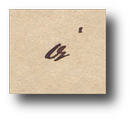

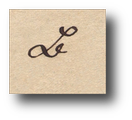

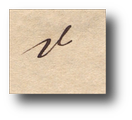
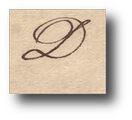
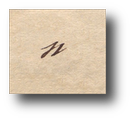
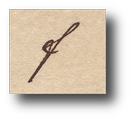
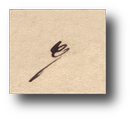
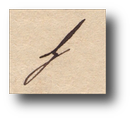

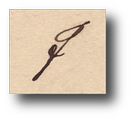

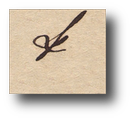
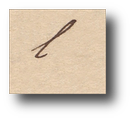
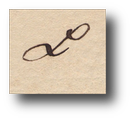
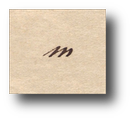
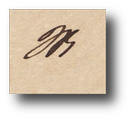


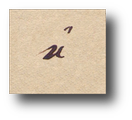
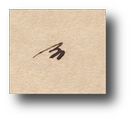

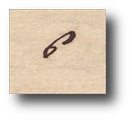
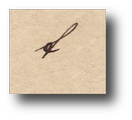

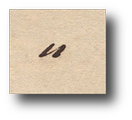
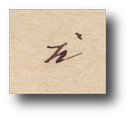
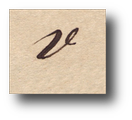
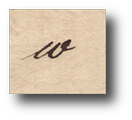
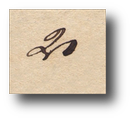
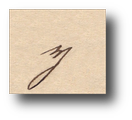

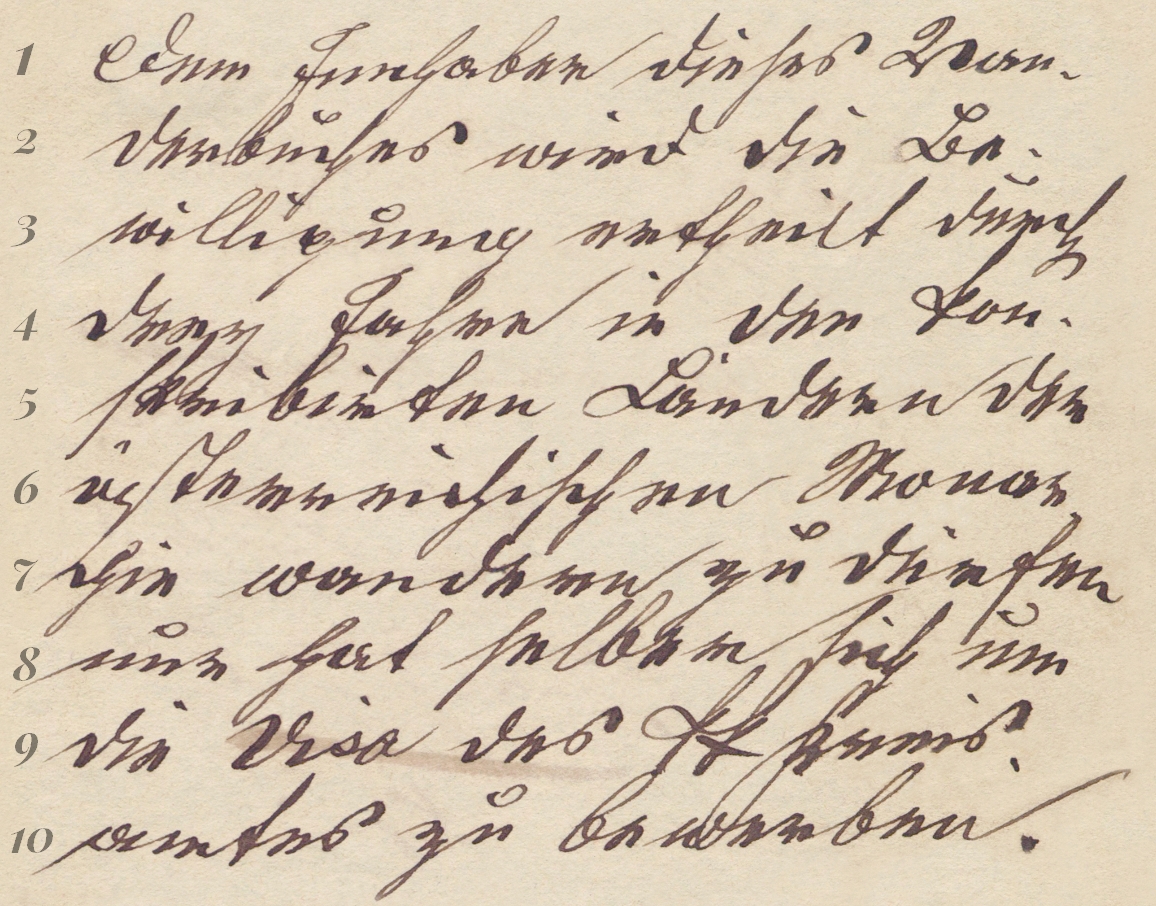
![k[aiserlich-]k[├Čniglich]](https://dawnepismo.ank.gov.pl/files/practice/shortcuts/exercise-6/cw06kk_1.png)